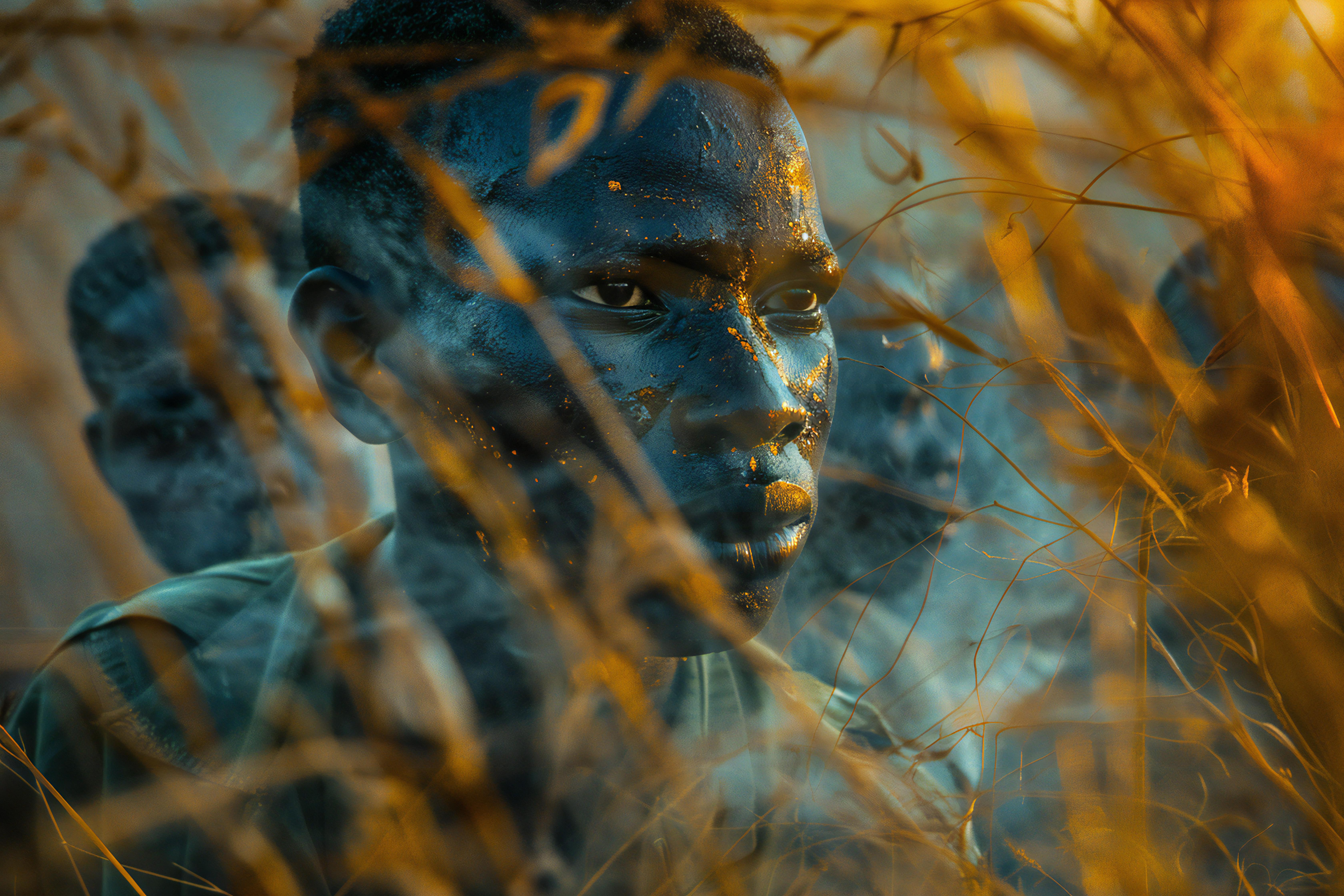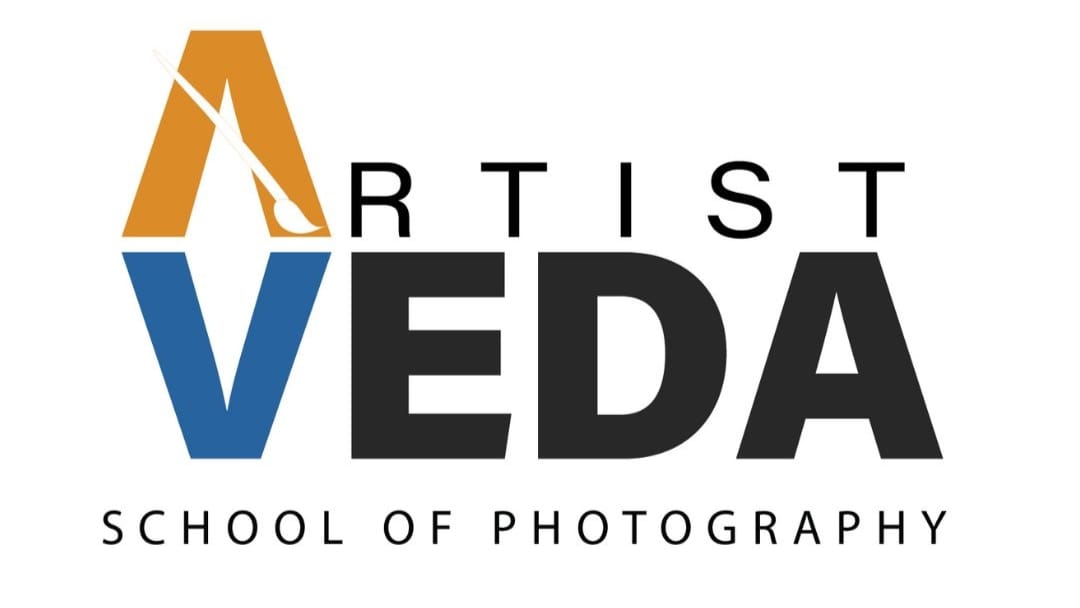
Photography has always been part craft, part vision. Today, as AI tools flood creative industries — generating images, editing automatically, and even suggesting compositions — photography becomes more than a hobby: it turns into a strategic superpower. Humans who can see, interpret, and direct real-world moments will be the most valuable creative professionals in the next decade. This post breaks down why photography matters in the AI era, how it complements AI, and what practical steps you can take to future-proof your creative career.
1. The simple truth: AI augments, but humans still decide
AI can generate technically perfect images and automate repetitive editing tasks. What AI cannot replace reliably is human judgement: cultural context, empathy, ethical choices, and original narrative. Photographers who master visual storytelling and decision-making will lead projects where AI is used as a tool — not a crutch. In business terms: that means higher-margin services, stronger client trust, and intellectual ownership of creative outcomes.
2. Photography trains visual intelligence — a career multiplier
Photography teaches you to read light, anticipate moments, compose narratives, and translate emotion into a still frame. These are transferable cognitive skills:
- Visual product sense for ad campaigns and UX imagery
- Editorial judgment for magazines and branded content
- Creative direction for fashion, film, and experiential campaigns
Clients pay a premium for creators who bring this visual intelligence — because it reduces time-to-idea and improves conversion.
3. AI + Photographer = Scalable creative product
Think like a founder: combine human vision with AI to scale output and margins.
- Use AI for initial moodboards, color-grading presets, or quick mockups.
- Use human photography for original assets, complex shoots, and authentic storytelling.
- Package: “Human-shot hero + AI-optimized variants” — deliver hero images plus quick AI-generated sizes/variants for social, ads, and web.
This productized service lets you charge for the human core (strategy + shoot) and upsell fast-turnaround AI variants — improving lifetime value per client.
4. Authenticity becomes the differentiator
AI images can look polished but lack provenance. Brands increasingly care about authenticity and traceability — “Who made this?” and “Is it real?” Photographers provide provenance: real moments, real faces, and documented shoots. That authenticity sells — especially for personal-branding, food, travel, and local businesses.
5. New revenue lines photographers can own
Learning photography opens multiple business paths that AI alone can’t fully deliver:
- Personal branding & headshot studios for professionals (legal, medical, CEO markets)
- Branded content packages for small & local businesses (owner-story, product photography)
- Curated image libraries for niche industries (hospitality, artisanal products)
- Workshops and mentorship — teaching visual literacy that AI can’t replicate
Productize each into a clear offering: deliverables, timelines, and pricing tiers.
6. Ethics, consent & legal safety — human skills that matter
AI raises ethical and copyright issues. Photographers with clear consent practices, model releases, and provenance records are safer and more desirable partners for brands. Offering documented legal-ready deliverables (model releases, usage rights, originals backed up) increases client confidence and lets you charge more.
